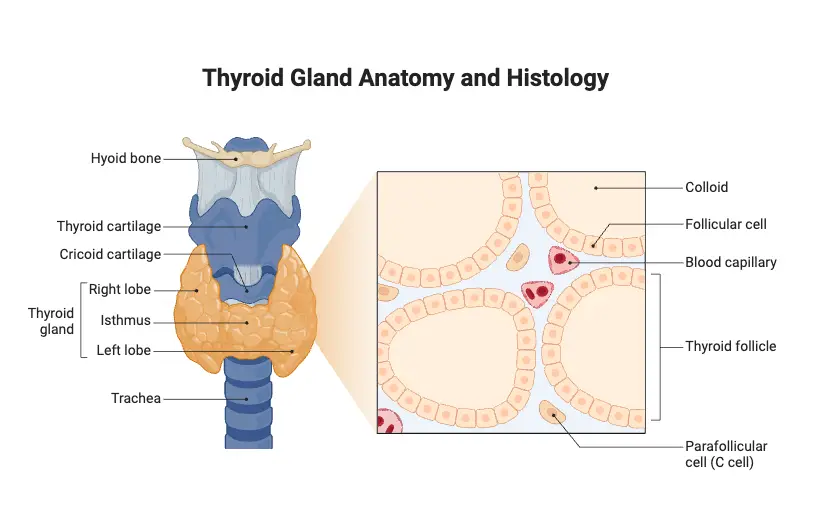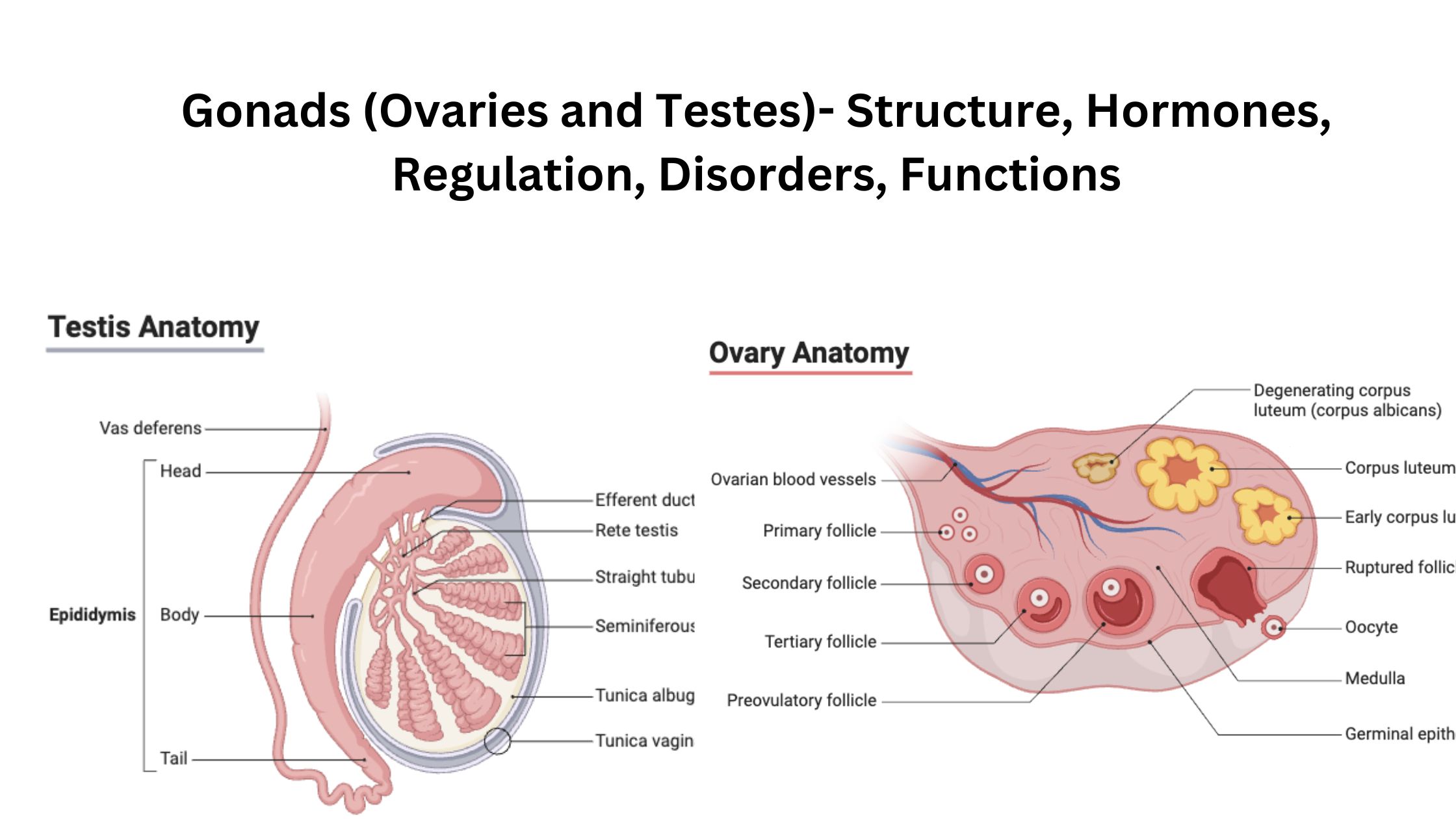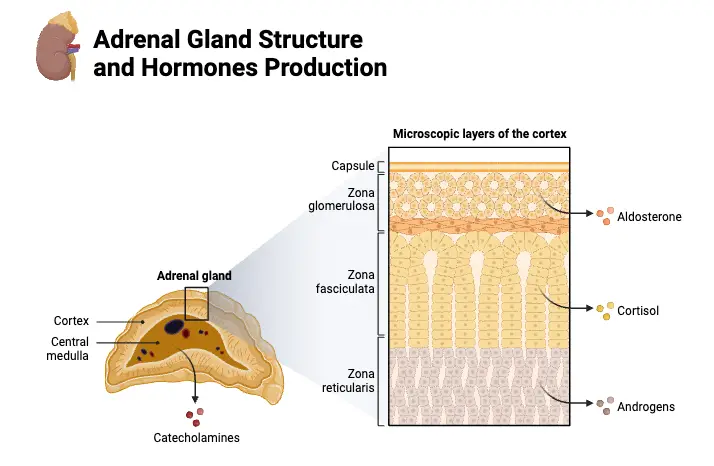Thyroid Gland – Structure, Hormones, Functions, Disorders
What is Thyroid Gland? Definition of Thyroid Gland The thyroid gland is a butterfly-shaped endocrine organ located in the anterior neck that produces hormones such as thyroxine (T4), triiodothyronine (T3), and calcitonin, which regulate metabolism, growth, and calcium homeostasis. It plays a crucial role in maintaining the body’s metabolic rate and overall hormonal balance. Anatomical … Read more









